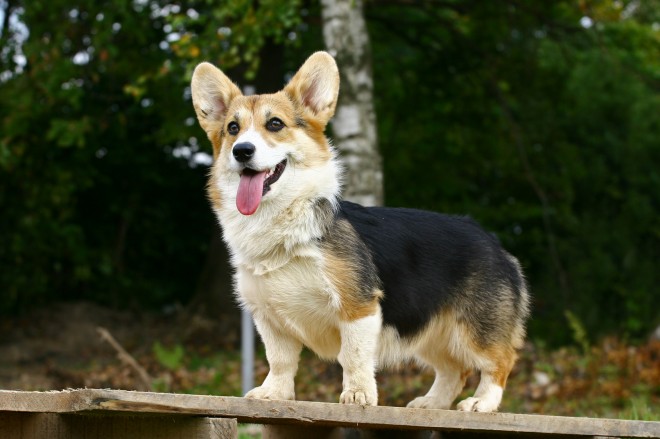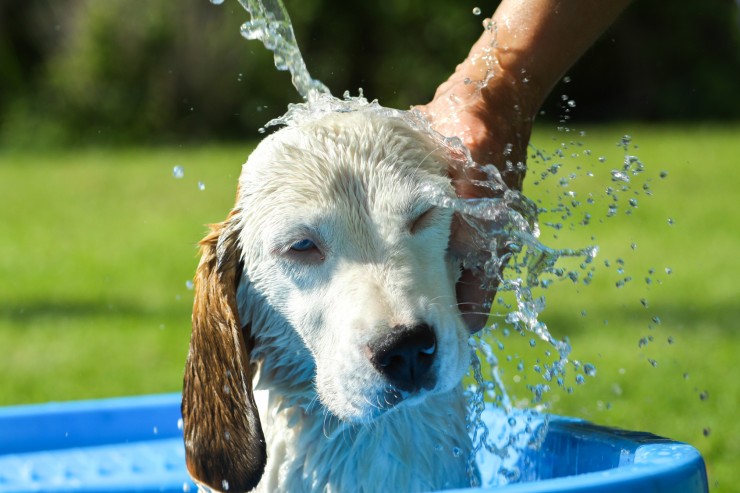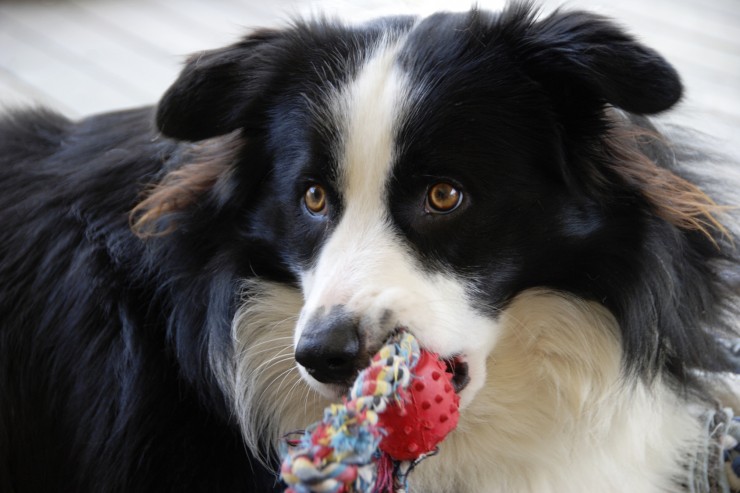
The process of raising cattle for meat is fairly simple but it requires detail planning initially. It goes like this: Find a means to own a calf, feed it appropriately, and finally, have it slaughtered at a suitable time. It may sound a bit cruel, but that should not be too much of a concern, since loving the animal is not the main goal in this business. However, some people might find it hard to do this due to sentimental reasons, and if that is the case, then this is not the kind of business for them. Although, however simple the process may seem, there are a few factors that should be kept in mind.
Raising Cattle for Meat: 5 Important Details to Keep in Mind
1. Is the cattle for meat or dairy production?
There are quite a few significant differences between the two. Depending on the purpose of the cattle, one must choose wisely when picking out the cows. Cattle that are raised for milk are usually bred for producing quantum amounts of milk; however, they gain weight a lot slower. In other words, they are not ideal to provide a good amount of meat. Not to mention that their meat will be of poorer quality.
2. Choose the Gender Wisely
The obvious difference between a female and a male is that the former will be able to produce more calves for production. However, a male bovine is a bit quicker in terms of growth. In raising cattle for meat, it is recommended to care for male bovines instead, because the profits gained from selling their meat will allow the owner to purchase more calves, more frequently than producing females. Also, the meat of male calves will make a good veal production.
3. Dehorn the Cattle
Removing the horns of cattle is a must lest an unfortunate mishap occurs. If dehorning the cattle is not an option, there is a variety of cattle without horns, which are known as polled.
4. How to Feed Them
In raising cattle for meat, it is best to take them away from their mother after a week or after they have tasted the milk of their mother. After a while, the caretaker will have to teach the cattle how to drink milk on their own (preferably from a bucket). The best way to do this is to dip your fingers in the milk and let the calf suck the milk off the fingers as if it were a teat. The calf will soon learn to drink from the bucket due to its desire for milk.
5. Proper Accommodation
Place the calves in a dry and well-ventilated area with sufficient hay and milk substitute. When raising cattle for meat, they will eventually need to learn how to walk. With the appropriate accommodation and nutrients, they will be able to gradually learn with ease.
That's about everything necessary in raising cattle for meat. Sounds simple enough, right? Just a little hard work and patience, you will soon have a freezer full of high quality meats.
 All You Need To Know About Ulcer In Horses
All You Need To Know About Ulcer In Horses
Ulc
All You Need To Know About Ulcer In Horses
All You Need To Know About Ulcer In Horses
Ulc
 Physical Changes In Male Cats After Castration
Physical Changes
Physical Changes In Male Cats After Castration
Physical Changes
 Pembroke Welsh Corgi Hereditary Health And Longevity
Pembroke Welsh Co
Pembroke Welsh Corgi Hereditary Health And Longevity
Pembroke Welsh Co
 If Dogs Love Swimming, How Come They Hate Being Bathed?
If Dogs Love Swim
If Dogs Love Swimming, How Come They Hate Being Bathed?
If Dogs Love Swim
 Five Universal Personality Traits Of The Border Collie
Five Universal Pe
Five Universal Personality Traits Of The Border Collie
Five Universal Pe
Copyright © 2005-2016 Pet Information All Rights Reserved
Contact us: www162date@outlook.com